Добавить любой RSS - источник (включая журнал LiveJournal) в свою ленту друзей вы можете на странице синдикации.
Исходная информация - http://instaforex.livejournal.com/.
Данный дневник сформирован из открытого RSS-источника по адресу http://instaforex.livejournal.com/data/rss/, и дополняется в соответствии с дополнением данного источника. Он может не соответствовать содержимому оригинальной страницы. Трансляция создана автоматически по запросу читателей этой RSS ленты.
По всем вопросам о работе данного сервиса обращаться со страницы контактной информации.
[Обновить трансляцию]
Без заголовка |
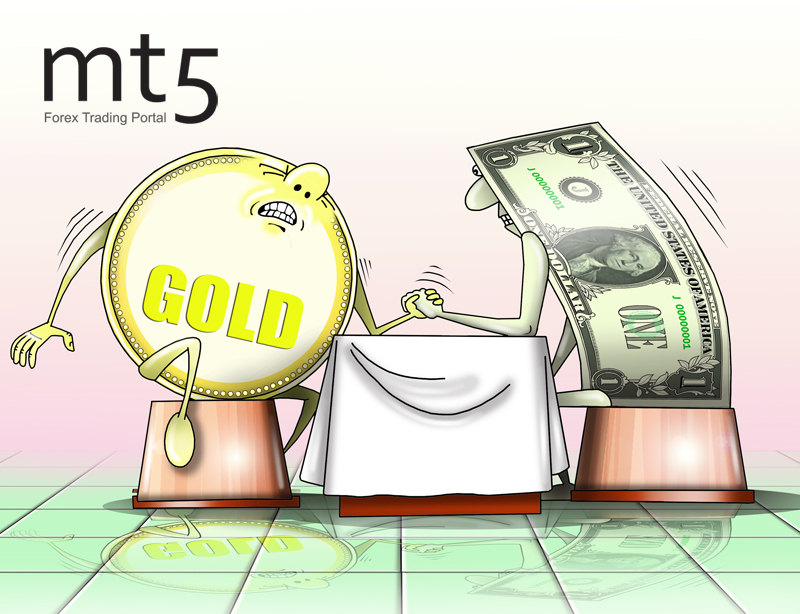
Gold futures inch down ahead of FOMC meeting results
Gold prices took a nosedive on the global financial floors ahead of the FOMC meeting results. The gold futures for June depreciated by 0.1% to USD 1,287.05 per ounce on the NYMEX. Wednesday, the 1st of May, is the final day of the Federal Reserve monetary policy meeting. It is widely expected that the financial regulator will keep the interest rates unchanged.
Earlier, at the meeting in March, the Fed officials stated that no further rate hikes were planned this year. Fears over cooling of the global economic growth reined in the Fed’s hawkish intentions. Meanwhile, the situation on the global markets is far from stable. On April 26, the US released the weak inflation report which put the American currency under pressure and boosted a rise in gold prices. Goldman Sachs’ analysts believe that the Federal Reserve continues buying the precious metal. Such moves can push gold prices higher towards the level of USD 1,300, according to Goldman Sachs.
Besides, the ongoing trade conflict between Washington and Beijing remains a sore point. Some experts hope that the upcoming negotiations will bring positive results. If so, the parties will be able to reach a compromise.
Read more: https://www.mt5.com/forex_humor/image/41359
|
Метки: #forex_caricature |
Gold futures inch down ahead of FOMC meeting results |

Gold prices took a nosedive on the global financial floors ahead of the FOMC meeting results. The gold futures for June depreciated by 0.1% to USD 1,287.05 per ounce on the NYMEX. Wednesday, the 1st of May, is the final day of the Federal Reserve monetary policy meeting. It is widely expected that the financial regulator will keep the interest rates unchanged.
Earlier, at the meeting in March, the Fed officials stated that no further rate hikes were planned this year. Fears over cooling of the global economic growth reined in the Fed’s hawkish intentions. Meanwhile, the situation on the global markets is far from stable. On April 26, the US released the weak inflation report which put the American currency under pressure and boosted a rise in gold prices. Goldman Sachs’ analysts believe that the Federal Reserve continues buying the precious metal. Such moves can push gold prices higher towards the level of USD 1,300, according to Goldman Sachs.
Besides, the ongoing trade conflict between Washington and Beijing remains a sore point. Some experts hope that the upcoming negotiations will bring positive results. If so, the parties will be able to reach a compromise.
Read more: https://www.mt5.com/forex_humor/image/41359
|
Метки: #forex_caricature |
Top 10 most peaceful countries |
The Global Peace Index (GPI), developed by the Institute for Economics and Peace in 2007, characterizes the peacefulness of many countries around the world. With its help, the level of violence within states and the degree of their aggressiveness in foreign policy are measured annually. Here are the top 10 most peaceful countries of 2018.
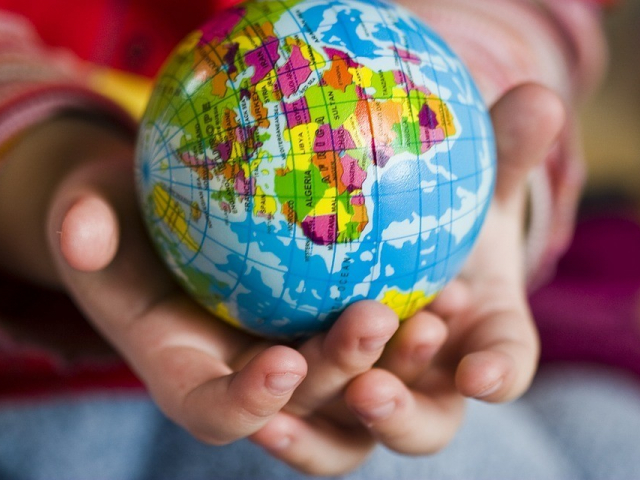
The index is calculated on the basis of 23 indicators grouped into three criteria: the extent of ongoing domestic and international conflict, societal safety and security, and the degree of militarization.
It is established that the lower the GPI value, the more peaceful is considered a country. At the same time, the authors of the study do not call for making judgments against a particular state emphasizing that the GPI is for reference only: it is important to help humanity cope with the challenges that await it in the future.

9 place - Ireland
Global Peace Index: 1.393
In Ireland, the military is used mainly in UN peacekeeping missions and for defensive purposes. The crime rate in the country decreases annually, and internal social tensions weaken. Visitors are captivated by the amazing atmosphere of the Emerald Isle: its numerous historical monuments, green fields, and hospitable people.
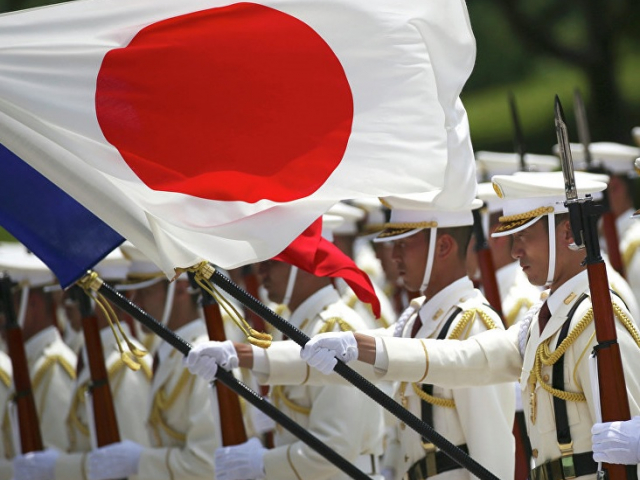
9 place – Japan
Global Peace Index: 1.391
Japan provides its own security only with the help of the Self-Defense Forces which are funded in the amount of 1 percent of the country's GDP. The country does not have a professional army at all. Violent crimes and murders happen very rarely here. The peacekeeping activities of Japan in society are noteworthy.
The technological development of the country, the world's third economic leader, is at a very high level. The transport system is also well developed.
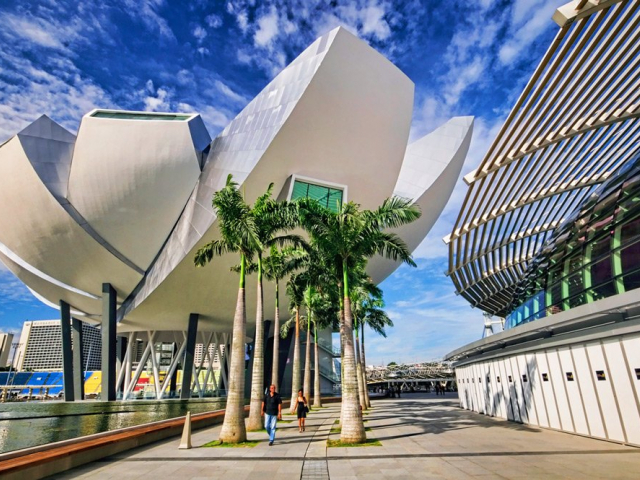
8 place – Singapore
Global Peace Index: 1.382
Since 1965 (since independence), the city-state of Singapore has established itself as one of the most active participants in the global community constantly cooperating with the United Nations and participating in the activities of organizations such as APEC and the WTO. In addition, it is one of the richest countries in the world.

7 place – Czech Republic
Global Peace Index: 1.381
The landlocked Czech Republic is nonetheless one of the most visited countries in Europe. Moreover, mass migration has seriously impacted this small European country making it very diverse in terms of national composition.
Thanks to effective emergency services, violence or looting is extremely rare here. Foreigners feel safe here, including in transport, as well as in numerous restaurants and bars.
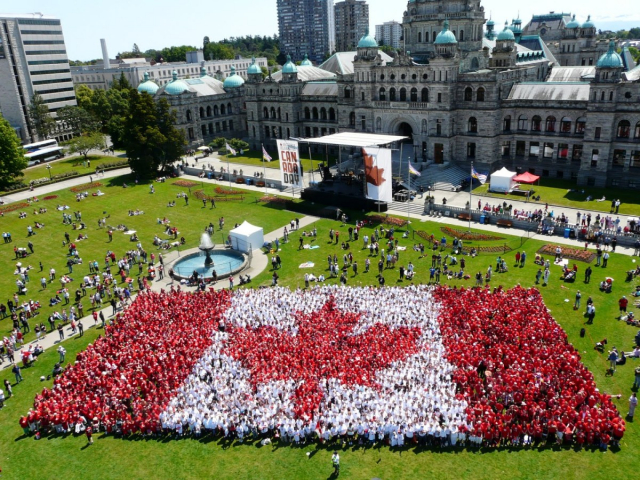
6 place – Canada
Global Peace Index: 1,372
In Canada, the safety of citizens is one of the main elements of prosperity, so the crime rate is maintained low here. Only 1.15 percent of GDP is spent on the Canadian Forces funding.
Canada has one of the best education systems in the world, and over 50 percent of people have a higher education. Most of them are completely satisfied with their lives. There virtually no unemployed people.
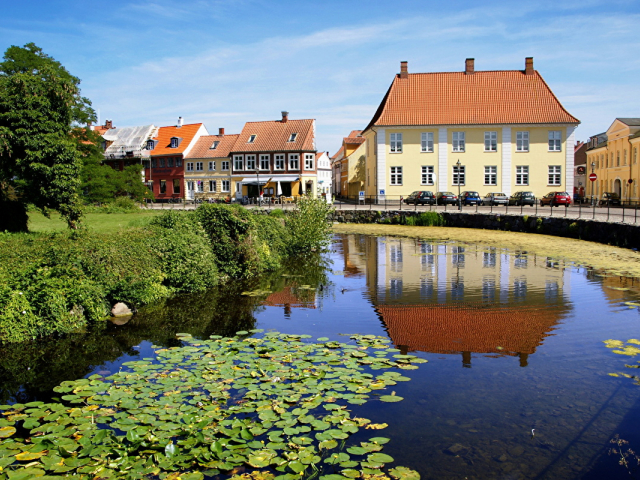
5 place – Denmark
Global Peace Index: 1.353
Denmark is known for its progressive health care system, high literacy rates, and gender equality. The country's armed forces are fully focused on protecting its sovereignty and maintaining peace.
The rate of corruption in the country is the lowest in Europe, and the standard of living is higher than in many developed countries of the world. A sustainable economy, coupled with a high level of social welfare, has a beneficial effect on the Danish national identity.
The effectiveness of state policy can be traced in many areas, especially in the field of ecology and environmental management.
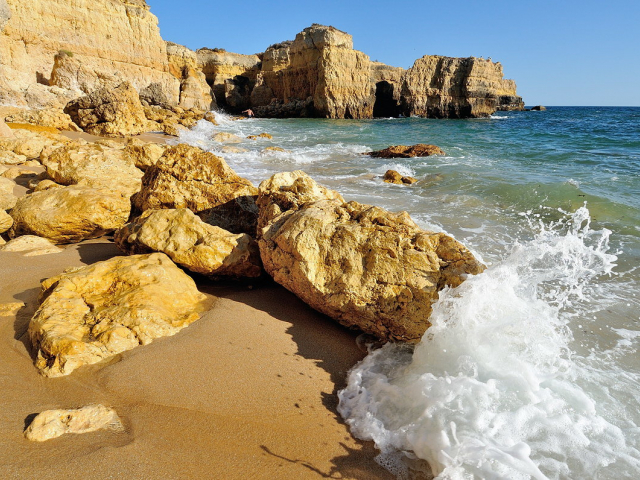
4 place – Portugal
Global Peace Index: 1.318
Portugal has preserved much of its great past and is now attracting not only by the richest historical and cultural heritage but also by an atmosphere of solitude and security amidst stunning geographic diversity.
Despite the location on the outskirts of Europe, it is a prosperous country with one of the largest GDP growths among OECD countries.
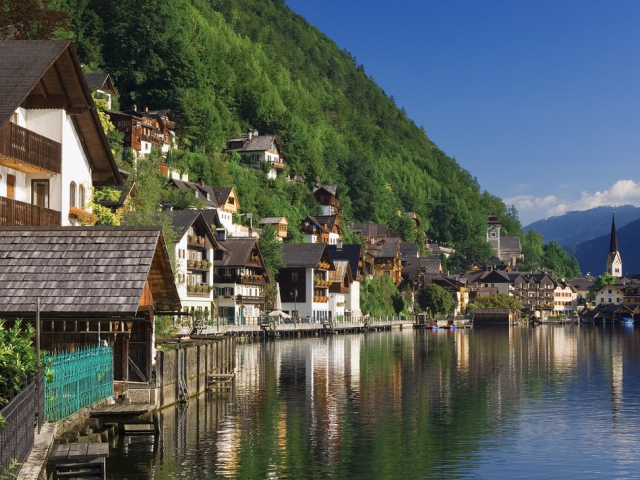
3 place – Austria
Global Peace Index: 1.274
The natural beauty of Austria is world-famous, but the country is also one of the most peace-loving ones on the planet, participating in international peacekeeping missions. The armed forces are mainly aimed at protecting the country, and only a small part of them is present in Kosovo, Lebanon, and Bosnia and Herzegovina.
In terms of GDP per capita, Austria is one of the richest countries in the world. The high standard of living of the overwhelming majority of Austrians is not conducive to committing crimes. However, local environmental laws are extremely strict with violators.
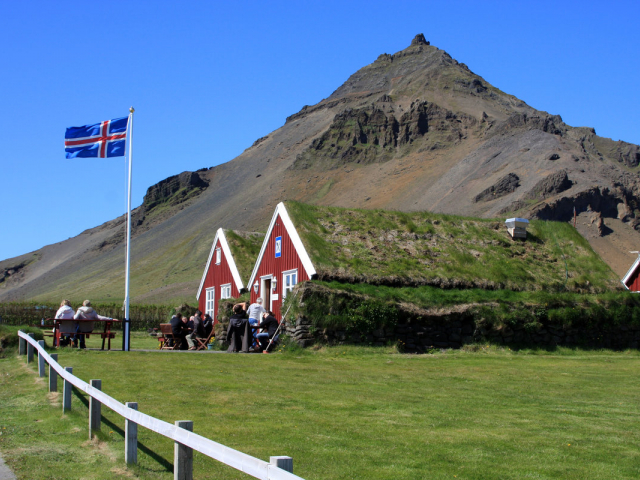
1 place – Iceland
Global Peace Index: 1,096
Iceland, receiving the lowest GPI value by 2018, is currently the most friendly and calm country in the world which is confirmed by the high level of democracy and gender equality.
The literacy rate in Iceland reaches a whopping 99 percent largely because that education in the country is absolutely free. In addition, the country is leading in the number of books published and read. The Armed Forces of Iceland, a member of NATO, numbering just over 200 people, are not a regular army. They only control the airspace and territorial waters of the country.
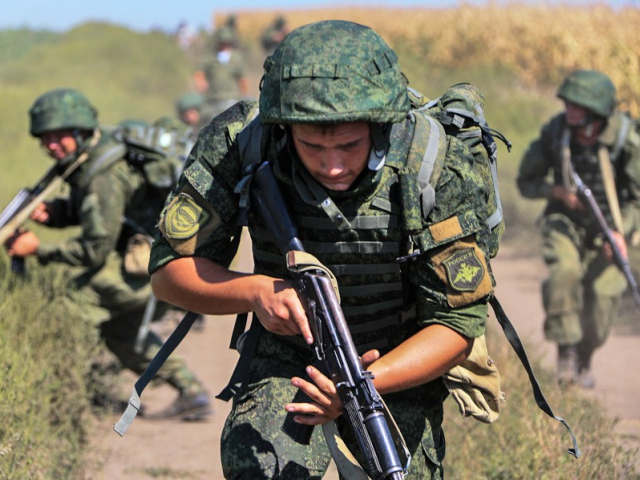
Russia
The Russian Federation in the ranking of the most peaceful countries of 2018 holds the 154 place - lower than all countries of the former Soviet Union, overtaking only the CAR, Congo, Libya, Yemen, Somalia, Iraq, South Sudan, Afghanistan, and Syria.
Financial crises, which occur in Russia quite often, do not contribute to the peace level of the country.
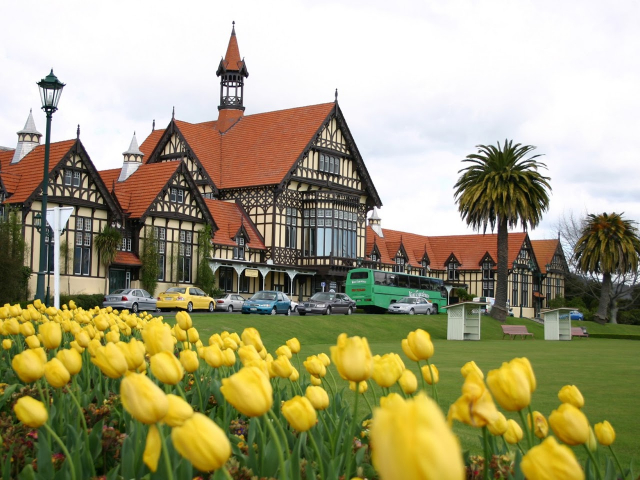
2 place – New Zealand
Global Peace Index: 1,192
Despite the fact that New Zealand, because of its geographical remoteness, has long remained out of sight of European civilization, in the last 700 years of its existence, it has reached the advanced level of social progress. The forces of self-defense in New Zealand solve a difficult task - the internal defense of the island state, while the defense budget only spends 1.13 percent of the country's GDP.
Thanks to a strong and independent judiciary and incorruptible police, there are few prisons in New Zealand. It also has friendly relations with neighboring countries. Those who decide to cross the Pacific Ocean and live in this country on one of its islands are provided with first-class education and a progressive health care system.
|
Метки: #photo_news |
Top 10 most peaceful countries |
The Global Peace Index (GPI), developed by the Institute for Economics and Peace in 2007, characterizes the peacefulness of many countries around the world. With its help, the level of violence within states and the degree of their aggressiveness in foreign policy are measured annually. Here are the top 10 most peaceful countries of 2018.

The index is calculated on the basis of 23 indicators grouped into three criteria: the extent of ongoing domestic and international conflict, societal safety and security, and the degree of militarization.
It is established that the lower the GPI value, the more peaceful is considered a country. At the same time, the authors of the study do not call for making judgments against a particular state emphasizing that the GPI is for reference only: it is important to help humanity cope with the challenges that await it in the future.

9 place - Ireland
Global Peace Index: 1.393
In Ireland, the military is used mainly in UN peacekeeping missions and for defensive purposes. The crime rate in the country decreases annually, and internal social tensions weaken. Visitors are captivated by the amazing atmosphere of the Emerald Isle: its numerous historical monuments, green fields, and hospitable people.

9 place – Japan
Global Peace Index: 1.391
Japan provides its own security only with the help of the Self-Defense Forces which are funded in the amount of 1 percent of the country's GDP. The country does not have a professional army at all. Violent crimes and murders happen very rarely here. The peacekeeping activities of Japan in society are noteworthy.
The technological development of the country, the world's third economic leader, is at a very high level. The transport system is also well developed.

8 place – Singapore
Global Peace Index: 1.382
Since 1965 (since independence), the city-state of Singapore has established itself as one of the most active participants in the global community constantly cooperating with the United Nations and participating in the activities of organizations such as APEC and the WTO. In addition, it is one of the richest countries in the world.

7 place – Czech Republic
Global Peace Index: 1.381
The landlocked Czech Republic is nonetheless one of the most visited countries in Europe. Moreover, mass migration has seriously impacted this small European country making it very diverse in terms of national composition.
Thanks to effective emergency services, violence or looting is extremely rare here. Foreigners feel safe here, including in transport, as well as in numerous restaurants and bars.

6 place – Canada
Global Peace Index: 1,372
In Canada, the safety of citizens is one of the main elements of prosperity, so the crime rate is maintained low here. Only 1.15 percent of GDP is spent on the Canadian Forces funding.
Canada has one of the best education systems in the world, and over 50 percent of people have a higher education. Most of them are completely satisfied with their lives. There virtually no unemployed people.

5 place – Denmark
Global Peace Index: 1.353
Denmark is known for its progressive health care system, high literacy rates, and gender equality. The country's armed forces are fully focused on protecting its sovereignty and maintaining peace.
The rate of corruption in the country is the lowest in Europe, and the standard of living is higher than in many developed countries of the world. A sustainable economy, coupled with a high level of social welfare, has a beneficial effect on the Danish national identity.
The effectiveness of state policy can be traced in many areas, especially in the field of ecology and environmental management.

4 place – Portugal
Global Peace Index: 1.318
Portugal has preserved much of its great past and is now attracting not only by the richest historical and cultural heritage but also by an atmosphere of solitude and security amidst stunning geographic diversity.
Despite the location on the outskirts of Europe, it is a prosperous country with one of the largest GDP growths among OECD countries.

3 place – Austria
Global Peace Index: 1.274
The natural beauty of Austria is world-famous, but the country is also one of the most peace-loving ones on the planet, participating in international peacekeeping missions. The armed forces are mainly aimed at protecting the country, and only a small part of them is present in Kosovo, Lebanon, and Bosnia and Herzegovina.
In terms of GDP per capita, Austria is one of the richest countries in the world. The high standard of living of the overwhelming majority of Austrians is not conducive to committing crimes. However, local environmental laws are extremely strict with violators.

1 place – Iceland
Global Peace Index: 1,096
Iceland, receiving the lowest GPI value by 2018, is currently the most friendly and calm country in the world which is confirmed by the high level of democracy and gender equality.
The literacy rate in Iceland reaches a whopping 99 percent largely because that education in the country is absolutely free. In addition, the country is leading in the number of books published and read. The Armed Forces of Iceland, a member of NATO, numbering just over 200 people, are not a regular army. They only control the airspace and territorial waters of the country.

Russia
The Russian Federation in the ranking of the most peaceful countries of 2018 holds the 154 place - lower than all countries of the former Soviet Union, overtaking only the CAR, Congo, Libya, Yemen, Somalia, Iraq, South Sudan, Afghanistan, and Syria.
Financial crises, which occur in Russia quite often, do not contribute to the peace level of the country.

2 place – New Zealand
Global Peace Index: 1,192
Despite the fact that New Zealand, because of its geographical remoteness, has long remained out of sight of European civilization, in the last 700 years of its existence, it has reached the advanced level of social progress. The forces of self-defense in New Zealand solve a difficult task - the internal defense of the island state, while the defense budget only spends 1.13 percent of the country's GDP.
Thanks to a strong and independent judiciary and incorruptible police, there are few prisons in New Zealand. It also has friendly relations with neighboring countries. Those who decide to cross the Pacific Ocean and live in this country on one of its islands are provided with first-class education and a progressive health care system.
|
Метки: #photo_news |
Top 10 most peaceful countries |
The Global Peace Index (GPI), developed by the Institute for Economics and Peace in 2007, characterizes the peacefulness of many countries around the world. With its help, the level of violence within states and the degree of their aggressiveness in foreign policy are measured annually. Here are the top 10 most peaceful countries of 2018.

The index is calculated on the basis of 23 indicators grouped into three criteria: the extent of ongoing domestic and international conflict, societal safety and security, and the degree of militarization.
It is established that the lower the GPI value, the more peaceful is considered a country. At the same time, the authors of the study do not call for making judgments against a particular state emphasizing that the GPI is for reference only: it is important to help humanity cope with the challenges that await it in the future.

9 place - Ireland
Global Peace Index: 1.393
In Ireland, the military is used mainly in UN peacekeeping missions and for defensive purposes. The crime rate in the country decreases annually, and internal social tensions weaken. Visitors are captivated by the amazing atmosphere of the Emerald Isle: its numerous historical monuments, green fields, and hospitable people.

9 place – Japan
Global Peace Index: 1.391
Japan provides its own security only with the help of the Self-Defense Forces which are funded in the amount of 1 percent of the country's GDP. The country does not have a professional army at all. Violent crimes and murders happen very rarely here. The peacekeeping activities of Japan in society are noteworthy.
The technological development of the country, the world's third economic leader, is at a very high level. The transport system is also well developed.

8 place – Singapore
Global Peace Index: 1.382
Since 1965 (since independence), the city-state of Singapore has established itself as one of the most active participants in the global community constantly cooperating with the United Nations and participating in the activities of organizations such as APEC and the WTO. In addition, it is one of the richest countries in the world.

7 place – Czech Republic
Global Peace Index: 1.381
The landlocked Czech Republic is nonetheless one of the most visited countries in Europe. Moreover, mass migration has seriously impacted this small European country making it very diverse in terms of national composition.
Thanks to effective emergency services, violence or looting is extremely rare here. Foreigners feel safe here, including in transport, as well as in numerous restaurants and bars.

6 place – Canada
Global Peace Index: 1,372
In Canada, the safety of citizens is one of the main elements of prosperity, so the crime rate is maintained low here. Only 1.15 percent of GDP is spent on the Canadian Forces funding.
Canada has one of the best education systems in the world, and over 50 percent of people have a higher education. Most of them are completely satisfied with their lives. There virtually no unemployed people.

5 place – Denmark
Global Peace Index: 1.353
Denmark is known for its progressive health care system, high literacy rates, and gender equality. The country's armed forces are fully focused on protecting its sovereignty and maintaining peace.
The rate of corruption in the country is the lowest in Europe, and the standard of living is higher than in many developed countries of the world. A sustainable economy, coupled with a high level of social welfare, has a beneficial effect on the Danish national identity.
The effectiveness of state policy can be traced in many areas, especially in the field of ecology and environmental management.

4 place – Portugal
Global Peace Index: 1.318
Portugal has preserved much of its great past and is now attracting not only by the richest historical and cultural heritage but also by an atmosphere of solitude and security amidst stunning geographic diversity.
Despite the location on the outskirts of Europe, it is a prosperous country with one of the largest GDP growths among OECD countries.

3 place – Austria
Global Peace Index: 1.274
The natural beauty of Austria is world-famous, but the country is also one of the most peace-loving ones on the planet, participating in international peacekeeping missions. The armed forces are mainly aimed at protecting the country, and only a small part of them is present in Kosovo, Lebanon, and Bosnia and Herzegovina.
In terms of GDP per capita, Austria is one of the richest countries in the world. The high standard of living of the overwhelming majority of Austrians is not conducive to committing crimes. However, local environmental laws are extremely strict with violators.

1 place – Iceland
Global Peace Index: 1,096
Iceland, receiving the lowest GPI value by 2018, is currently the most friendly and calm country in the world which is confirmed by the high level of democracy and gender equality.
The literacy rate in Iceland reaches a whopping 99 percent largely because that education in the country is absolutely free. In addition, the country is leading in the number of books published and read. The Armed Forces of Iceland, a member of NATO, numbering just over 200 people, are not a regular army. They only control the airspace and territorial waters of the country.

Russia
The Russian Federation in the ranking of the most peaceful countries of 2018 holds the 154 place - lower than all countries of the former Soviet Union, overtaking only the CAR, Congo, Libya, Yemen, Somalia, Iraq, South Sudan, Afghanistan, and Syria.
Financial crises, which occur in Russia quite often, do not contribute to the peace level of the country.

2 place – New Zealand
Global Peace Index: 1,192
Despite the fact that New Zealand, because of its geographical remoteness, has long remained out of sight of European civilization, in the last 700 years of its existence, it has reached the advanced level of social progress. The forces of self-defense in New Zealand solve a difficult task - the internal defense of the island state, while the defense budget only spends 1.13 percent of the country's GDP.
Thanks to a strong and independent judiciary and incorruptible police, there are few prisons in New Zealand. It also has friendly relations with neighboring countries. Those who decide to cross the Pacific Ocean and live in this country on one of its islands are provided with first-class education and a progressive health care system.
|
Метки: #photo_news |
Swiss franc dips to its lowest level since July 2017 |
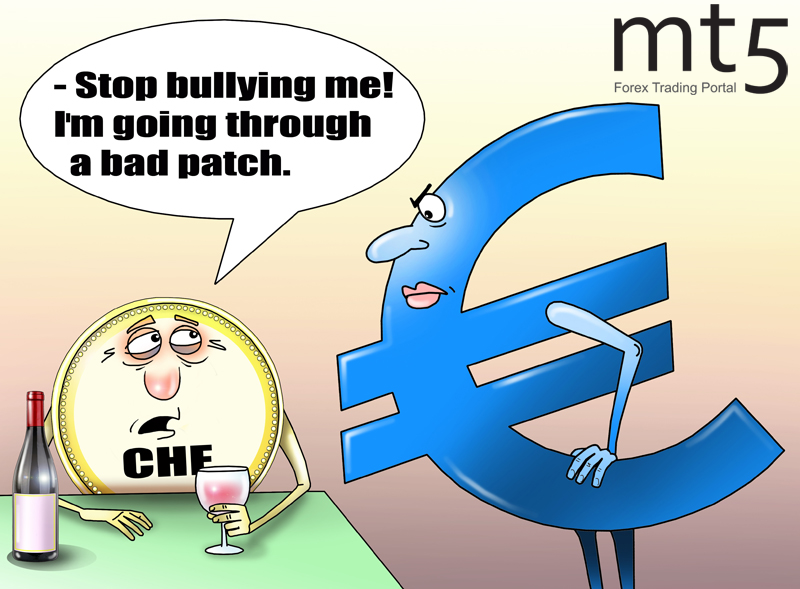
Many experts find it difficult to predict the dynamic of the Swiss national currency. At the moment, it is hard to say where the currency will move - up or down. At present, the Swiss franc is going through the most difficult period in the last two years, but local policymakers are entirely satisfied with the current state of affairs.
In April 2019, the Swiss franc fell by more than 2.5% against the European currency, reaching its lowest level since July 2017. As a result, a number of analysts revised their forecasts given that market volatility restrained the growth in demand for reserve currencies.
Options traders show a “bearish” attitude towards the Swiss franc since risk forecasts for the euro are becoming increasingly pessimistic. Notably, the Swiss National Bank sought to weaken the national currency in order to stoke inflation which had been below 1% for a long time.
On Tuesday, April 23, the Swiss franc reached 1.1445 per euro, its weakest level since November 2018. The currency is trading cheaper than the 1.1300 forecast by analysts from Bloomberg.
Experts from the Canadian Bank believe that the Swiss franc will sail towards 1.15 per euro in the next six months. According to specialists, the Swiss currency will reach 1.16 per euro in 2020. Some analysts estimate that the Swiss franc has softened due to such factors as decreased demand for safe-haven currencies by investors and the recent positive statistics from China. It triggered investor optimism about the potential profits of the eurozone’s manufacturing sector which contributed to the euro's appreciation against other currencies, the Swiss franc in particular.
Read more: https://www.mt5.com/forex_humor/image/41332
|
Метки: #forex_caricature |
Swiss franc dips to its lowest level since July 2017 |

Many experts find it difficult to predict the dynamic of the Swiss national currency. At the moment, it is hard to say where the currency will move - up or down. At present, the Swiss franc is going through the most difficult period in the last two years, but local policymakers are entirely satisfied with the current state of affairs.
In April 2019, the Swiss franc fell by more than 2.5% against the European currency, reaching its lowest level since July 2017. As a result, a number of analysts revised their forecasts given that market volatility restrained the growth in demand for reserve currencies.
Options traders show a “bearish” attitude towards the Swiss franc since risk forecasts for the euro are becoming increasingly pessimistic. Notably, the Swiss National Bank sought to weaken the national currency in order to stoke inflation which had been below 1% for a long time.
On Tuesday, April 23, the Swiss franc reached 1.1445 per euro, its weakest level since November 2018. The currency is trading cheaper than the 1.1300 forecast by analysts from Bloomberg.
Experts from the Canadian Bank believe that the Swiss franc will sail towards 1.15 per euro in the next six months. According to specialists, the Swiss currency will reach 1.16 per euro in 2020. Some analysts estimate that the Swiss franc has softened due to such factors as decreased demand for safe-haven currencies by investors and the recent positive statistics from China. It triggered investor optimism about the potential profits of the eurozone’s manufacturing sector which contributed to the euro's appreciation against other currencies, the Swiss franc in particular.
Read more: https://www.mt5.com/forex_humor/image/41332
|
Метки: #forex_caricature |
Swiss franc dips to its lowest level since July 2017 |

Many experts find it difficult to predict the dynamic of the Swiss national currency. At the moment, it is hard to say where the currency will move - up or down. At present, the Swiss franc is going through the most difficult period in the last two years, but local policymakers are entirely satisfied with the current state of affairs.
In April 2019, the Swiss franc fell by more than 2.5% against the European currency, reaching its lowest level since July 2017. As a result, a number of analysts revised their forecasts given that market volatility restrained the growth in demand for reserve currencies.
Options traders show a “bearish” attitude towards the Swiss franc since risk forecasts for the euro are becoming increasingly pessimistic. Notably, the Swiss National Bank sought to weaken the national currency in order to stoke inflation which had been below 1% for a long time.
On Tuesday, April 23, the Swiss franc reached 1.1445 per euro, its weakest level since November 2018. The currency is trading cheaper than the 1.1300 forecast by analysts from Bloomberg.
Experts from the Canadian Bank believe that the Swiss franc will sail towards 1.15 per euro in the next six months. According to specialists, the Swiss currency will reach 1.16 per euro in 2020. Some analysts estimate that the Swiss franc has softened due to such factors as decreased demand for safe-haven currencies by investors and the recent positive statistics from China. It triggered investor optimism about the potential profits of the eurozone’s manufacturing sector which contributed to the euro's appreciation against other currencies, the Swiss franc in particular.
Read more: https://www.mt5.com/forex_humor/image/41332
|
Метки: #forex_caricature |
Four cryptocurrencies demonstrating blockchain technology's features |
Most market participants closely follow Bitcoin and Ethereum, but some pay attention to lesser-known cryptocurrencies. Experts analyzed four digital assets which are gaining popularity and demonstrate the dizzying possibilities of blockchain technology.

SureRemit
This crypto asset allows traders to significantly reduce the commission for transactions. The user pays 0–2% instead of 7–12%. At the same time, you can track transactions that are processed in a few seconds. As a result, costs and possibilities of fraud are lowered. The SureRemit global network, which includes more than 650 stores in Africa and the Middle East, uses blockchain technology. SureRemit is an ongoing blockchain project that surpasses existing services in terms of cost, efficiency, and transparency.
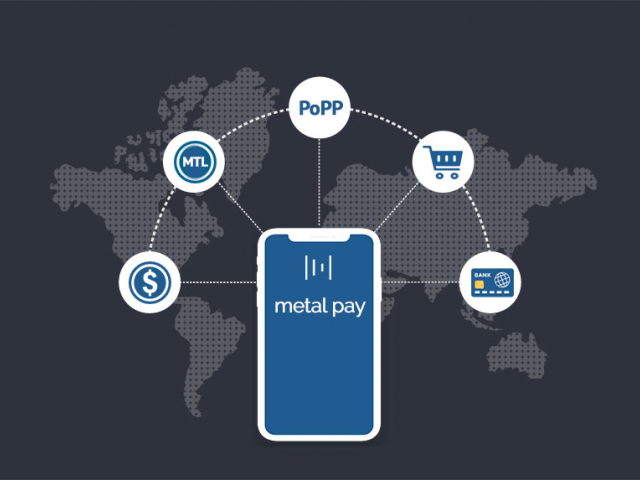
Metal Pay
This is a US competitor of Venmo and Cash App, which allows you instantly transfer money between users for free. They receive MTL tokens for each transaction. According to experts, during the creation of a cashless society, such services will assume the functions of money and checks. The project team actively uses blockchain technology. The future of Metal Pay seems to be optimistic for developers. They are confident that the project will be widely distributed, as it surpasses the existing centralized solutions.
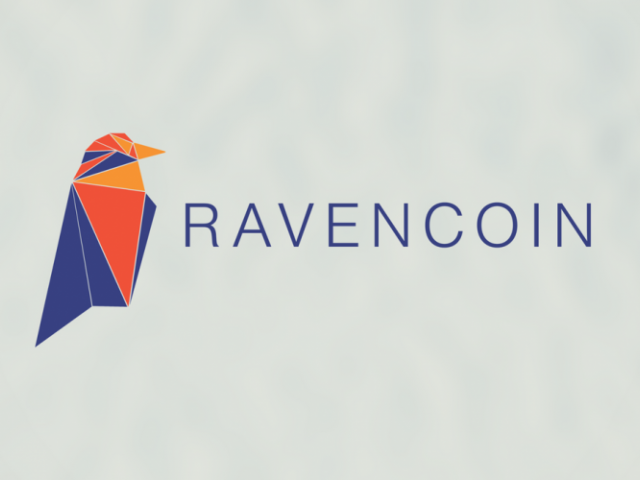
Ravencoin
This project has the highest capitalization among these digital assets. Ravencoin is considered a promising cryptocurrency with great potential. Features of the project: the possibility of issuing assets on a protected blockchain basis; availability of a secure communication channel; decentralized management; dividend payment. This project is much more energy efficient than Bitcoin, hough Ravencoin aims to become a global protocol for asset transfer. Ravencoin has all the advantages of Bitcoin and its disadvantages are reduced. The project is distinguished by transparent and democratic mining.
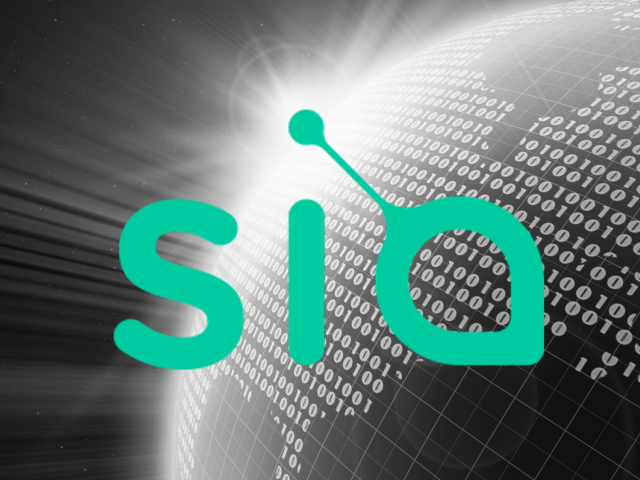
SiaCoin
Experts call this project the distributed cloud storage of the future. In 2016, the developers of this virtual currency created a platform for trading data storage services in the blockchain system. Users can rent space on the SiaCoin platform for cloud storage. This service is cheaper than its competitors' ones. The peculiarity of the SiaCoin project is that when loading user data, the system divides them into fragments, each of which is encrypted separately. This provides increased security.
|
Метки: #photo_news |
Four cryptocurrencies demonstrating blockchain technology's features |
Most market participants closely follow Bitcoin and Ethereum, but some pay attention to lesser-known cryptocurrencies. Experts analyzed four digital assets which are gaining popularity and demonstrate the dizzying possibilities of blockchain technology.

SureRemit
This crypto asset allows traders to significantly reduce the commission for transactions. The user pays 0–2% instead of 7–12%. At the same time, you can track transactions that are processed in a few seconds. As a result, costs and possibilities of fraud are lowered. The SureRemit global network, which includes more than 650 stores in Africa and the Middle East, uses blockchain technology. SureRemit is an ongoing blockchain project that surpasses existing services in terms of cost, efficiency, and transparency.

Metal Pay
This is a US competitor of Venmo and Cash App, which allows you instantly transfer money between users for free. They receive MTL tokens for each transaction. According to experts, during the creation of a cashless society, such services will assume the functions of money and checks. The project team actively uses blockchain technology. The future of Metal Pay seems to be optimistic for developers. They are confident that the project will be widely distributed, as it surpasses the existing centralized solutions.

Ravencoin
This project has the highest capitalization among these digital assets. Ravencoin is considered a promising cryptocurrency with great potential. Features of the project: the possibility of issuing assets on a protected blockchain basis; availability of a secure communication channel; decentralized management; dividend payment. This project is much more energy efficient than Bitcoin, hough Ravencoin aims to become a global protocol for asset transfer. Ravencoin has all the advantages of Bitcoin and its disadvantages are reduced. The project is distinguished by transparent and democratic mining.

SiaCoin
Experts call this project the distributed cloud storage of the future. In 2016, the developers of this virtual currency created a platform for trading data storage services in the blockchain system. Users can rent space on the SiaCoin platform for cloud storage. This service is cheaper than its competitors' ones. The peculiarity of the SiaCoin project is that when loading user data, the system divides them into fragments, each of which is encrypted separately. This provides increased security.
|
Метки: #photo_news |
Russia and China fail to ditch US dollar in mutual trade |
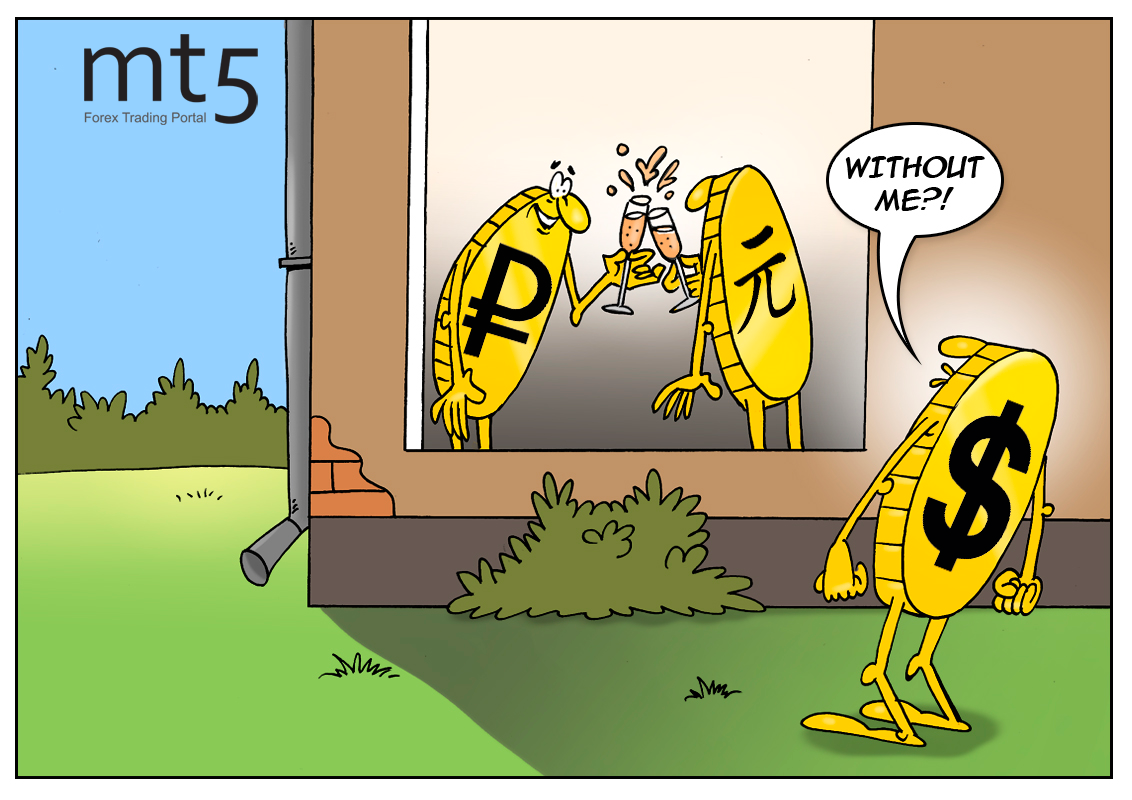
Russia has been long nourishing an idea of abandoning the US dollar in mutual payments with other countries. At the same time, China is also willing to switch to local currencies in international trade. But in fact, merely 15% of the trade deals between Russia and China were settled in national currencies last year. Thus, the mission turned out to be impossible. By the way, it was not easy to reach even this humble level of 15%. The countries have been hammering away at achieving it since 2010. At that time, Russia and China shifted to the active phase of increasing the volume of bilateral trade in national currencies.
As part of this transition, the direct exchange transactions of the yuan-ruble pair were launched on the Moscow exchange. Previously, the exchange rate between the Chinese and Russian currencies had been a cross rate. This way, the pair became no longer dependent on the US dollar. Further on, the counties envisaged ditching the American currency completely in the short term. Nine years have passed, but they have managed to implement the plan by 15% only.
Nonetheless, the Russian government remains positive about the transition to settlements in national currencies. Their Chinese counterparts have the same attitude. Expanding mutual payments in national currencies was quite important for both the Russian and Chinese governments and central banks, Wang Kaixuan, Deputy Director of the Eurasian Affairs Department at the Chinese Ministry of Commerce, noted. He added that the volume of bilateral payments in national currencies had increased steadily for the past years thanks to the government’s efforts.
Read more: https://www.mt5.com/forex_humor/image/41327
|
Метки: #forex_caricature |
Russia and China fail to ditch US dollar in mutual trade |

Russia has been long nourishing an idea of abandoning the US dollar in mutual payments with other countries. At the same time, China is also willing to switch to local currencies in international trade. But in fact, merely 15% of the trade deals between Russia and China were settled in national currencies last year. Thus, the mission turned out to be impossible. By the way, it was not easy to reach even this humble level of 15%. The countries have been hammering away at achieving it since 2010. At that time, Russia and China shifted to the active phase of increasing the volume of bilateral trade in national currencies.
As part of this transition, the direct exchange transactions of the yuan-ruble pair were launched on the Moscow exchange. Previously, the exchange rate between the Chinese and Russian currencies had been a cross rate. This way, the pair became no longer dependent on the US dollar. Further on, the counties envisaged ditching the American currency completely in the short term. Nine years have passed, but they have managed to implement the plan by 15% only.
Nonetheless, the Russian government remains positive about the transition to settlements in national currencies. Their Chinese counterparts have the same attitude. Expanding mutual payments in national currencies was quite important for both the Russian and Chinese governments and central banks, Wang Kaixuan, Deputy Director of the Eurasian Affairs Department at the Chinese Ministry of Commerce, noted. He added that the volume of bilateral payments in national currencies had increased steadily for the past years thanks to the government’s efforts.
Read more: https://www.mt5.com/forex_humor/image/41327
|
Метки: #forex_caricature |
Five low-cost altcoins with enormous potential |
In the world of cryptocurrency, there are digital assets, the cost of which is very low. According to experts, sometimes it does not exceed $0.05. However, these virtual means of payment have enormous potential that has not yet been reaziled. The information on the five assets with such properties can be found below
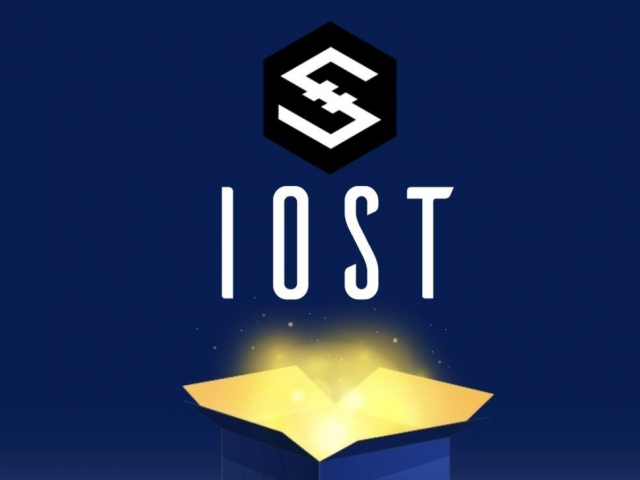
IOST (IOST)
The developers of this digital asset seek to solve the problems of network scalability, that is, to achieve network capacity, sufficient for mass use. At the moment, they are engaged in the creation of the software to support the new so-called Proof of Believability(PoB) consensus algorithm.
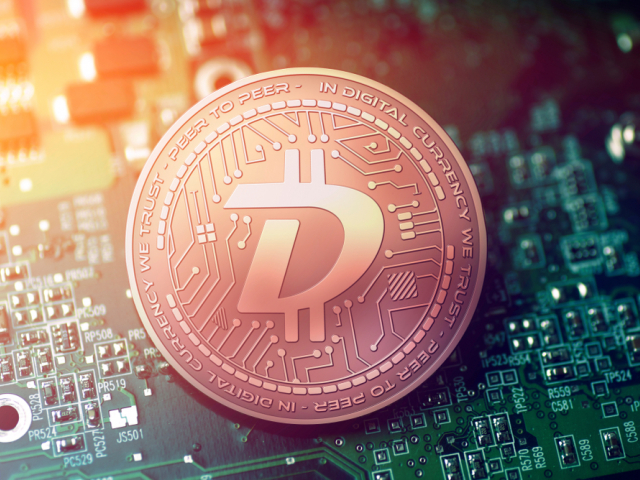
DigiByte (DGB)
This project has a high level of security and a significant degree of decentralization. DGB focuses on a high speed processing oftransactions that exceeds the speed of the Bitcoin network. The DGB network also offers a thousand times more coins than the network of the number one cryptocurrency.

FundRequest (FND)
This virtual asset is characterized by open source. The FundRequest project involves the development and improvement of the blockchain network. Working with this project, you will be able to generate income, including through the use of open source.
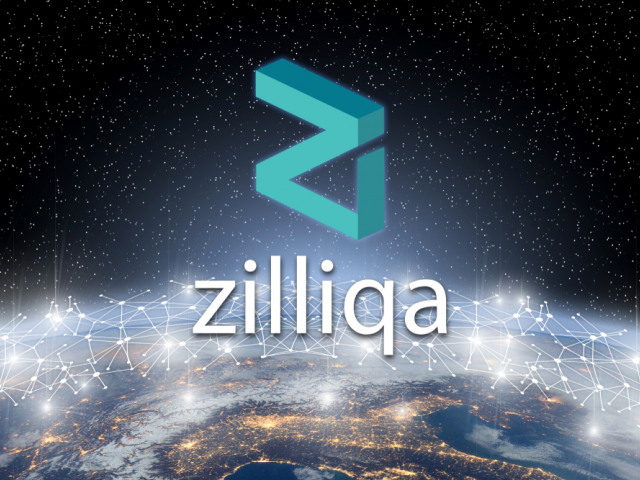
Zilliqa (ZIL)
The developers of this virtual currency sought to create and improvethe global blockchain system with high capacity. Currently, the project is being actively developed.

Vechain Thor (VET)
According to experts, a distinctive feature of this project is that users are able to create decentralized applications on top of the blockchain network. In addition, VET offers a new mobile wallet with diverse functions, including the autonomous storage of secret keys.Large investment fund Vechain assists in developing the Vechain Thor platform. Thanks to its long presence in the market, the company has been able to attract quite a lot of partners.
|
Метки: #photo_news |
Five low-cost altcoins with enormous potential |
In the world of cryptocurrency, there are digital assets, the cost of which is very low. According to experts, sometimes it does not exceed $0.05. However, these virtual means of payment have enormous potential that has not yet been reaziled. The information on the five assets with such properties can be found below

IOST (IOST)
The developers of this digital asset seek to solve the problems of network scalability, that is, to achieve network capacity, sufficient for mass use. At the moment, they are engaged in the creation of the software to support the new so-called Proof of Believability(PoB) consensus algorithm.

DigiByte (DGB)
This project has a high level of security and a significant degree of decentralization. DGB focuses on a high speed processing oftransactions that exceeds the speed of the Bitcoin network. The DGB network also offers a thousand times more coins than the network of the number one cryptocurrency.

FundRequest (FND)
This virtual asset is characterized by open source. The FundRequest project involves the development and improvement of the blockchain network. Working with this project, you will be able to generate income, including through the use of open source.

Zilliqa (ZIL)
The developers of this virtual currency sought to create and improvethe global blockchain system with high capacity. Currently, the project is being actively developed.

Vechain Thor (VET)
According to experts, a distinctive feature of this project is that users are able to create decentralized applications on top of the blockchain network. In addition, VET offers a new mobile wallet with diverse functions, including the autonomous storage of secret keys.Large investment fund Vechain assists in developing the Vechain Thor platform. Thanks to its long presence in the market, the company has been able to attract quite a lot of partners.
|
Метки: #photo_news |
Is best over for eurozone? |
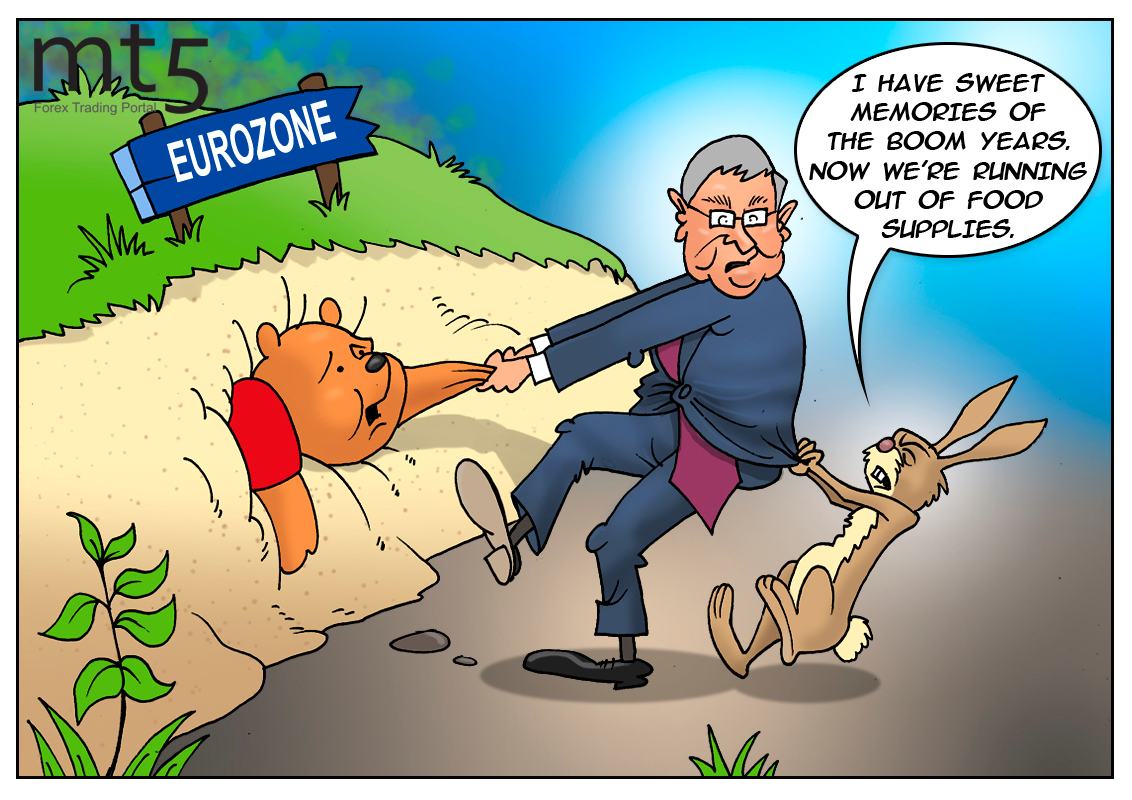
Pundits of economics are nostalgic about the booming years in the eurozone in the recent past. However, the robust economic growth was followed by a protracted slowdown. Some pessimistic analysts even discovered signs of a looming crisis.
One thing is obvious: the most advanced economies in the eurozone will not be able to perform at full steam as they did in 2017. The question is still open when the eurozone will revive its steady GDP rates. “I am not surprised that growth is coming down because in 2017 the growth rate in the euro area was almost twice the potential growth rate, that could not continue very long,” Chief Executive Officer of the European Financial Stability Facility Klaus Regling told in an interview to CNBC. “The output gap — the amount by which the actual output of an economy falls short of its potential output — is now closed,” he added. He expected such developments. “The IMF revised down the growth figure for the euro area to 1.3%. There was some temporary effect, particularly in Germany in the second half of the last year which has a negative overhang in 2019,” the head of the bailout fund noted.
"We will not see in the next two, three years the growth rates of 2017. It's quite OK to say that the best is over, but it doesn't mean that there is a crisis," the expert commented on lackluster fundamentals in the eurozone.
Read more: https://www.mt5.com/forex_humor/image/41254
|
Метки: #forex_caricature |
Is best over for eurozone? |

Pundits of economics are nostalgic about the booming years in the eurozone in the recent past. However, the robust economic growth was followed by a protracted slowdown. Some pessimistic analysts even discovered signs of a looming crisis.
One thing is obvious: the most advanced economies in the eurozone will not be able to perform at full steam as they did in 2017. The question is still open when the eurozone will revive its steady GDP rates. “I am not surprised that growth is coming down because in 2017 the growth rate in the euro area was almost twice the potential growth rate, that could not continue very long,” Chief Executive Officer of the European Financial Stability Facility Klaus Regling told in an interview to CNBC. “The output gap — the amount by which the actual output of an economy falls short of its potential output — is now closed,” he added. He expected such developments. “The IMF revised down the growth figure for the euro area to 1.3%. There was some temporary effect, particularly in Germany in the second half of the last year which has a negative overhang in 2019,” the head of the bailout fund noted.
"We will not see in the next two, three years the growth rates of 2017. It's quite OK to say that the best is over, but it doesn't mean that there is a crisis," the expert commented on lackluster fundamentals in the eurozone.
Read more: https://www.mt5.com/forex_humor/image/41254
|
Метки: #forex_caricature |
World's best-performing CEOs |
Harvard Business Review, the American magazine has published a fresh ranking of the best-performing CEOs in the world. The world's top five most effective executives can be found in our photo gallery.
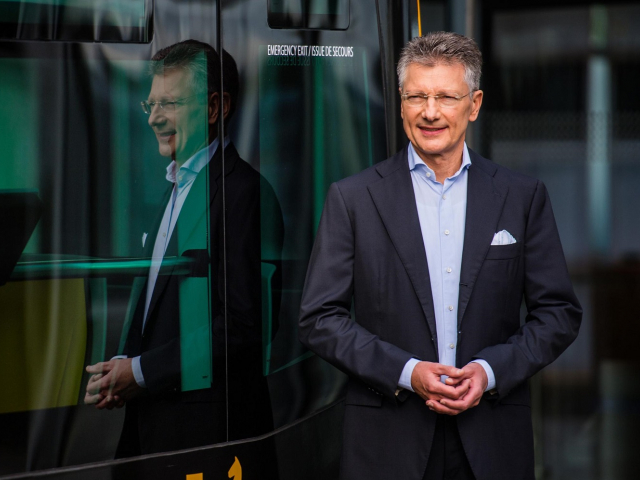
The fifth place was taken by the CEO of Continental tire and auto parts manufacturer, Elmar Degenhart. In July 2018, it was decided to hold one of the largest reorganizations of the company. The Continental AG holding group will be created which will include three business sectors: Continental Rubber, Continental Automotive, and Powertrain.
“In the next decade and after, the global automotive industry will undergo the largest and most profound transformation in its over 130-year history. We are looking ahead and taking on this transformation at an early stage,” Degenhart said.
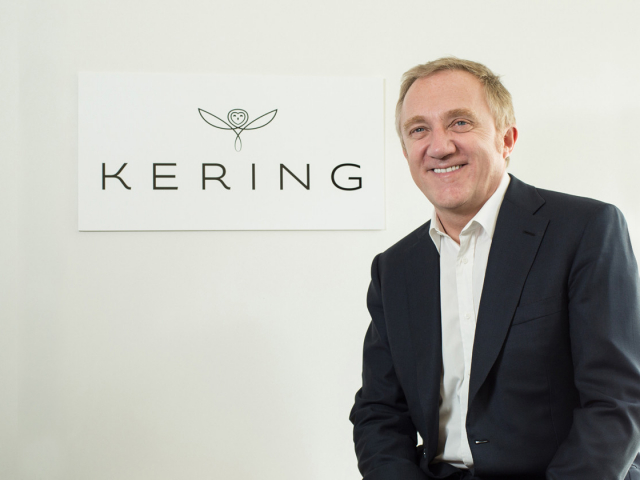
The fourth place is occupied by the chairman and CEO of Kering group which owns Gucci, Brioni, Balenciaga, Ulysse Nardin and other brands, Francois-Henri Pinault.
In May 2003, Francois-Henri Pinault became a vice president of PPR founded by his father. In March 2005, he was appointed chairman and CEO. Under his leadership, PPR changed its name to Kering, increased its stake in the Gucci Group to 99.4%, acquired a controlling stake in Puma, Girard-Perregaux, House, Brioni, and such jewelry brands as Qeelin, Pomellato and Dodo.
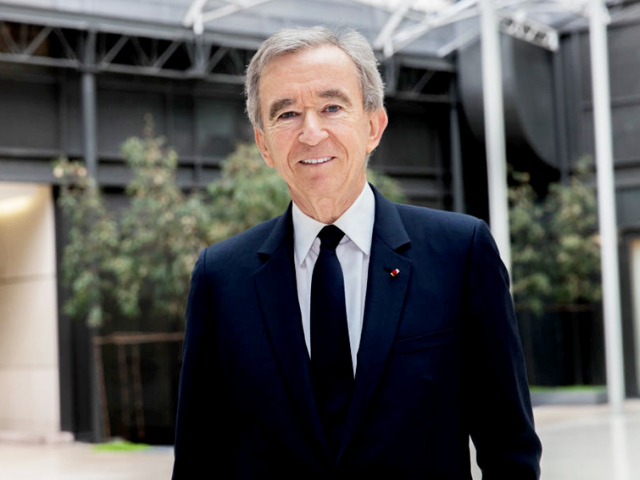
The CEO and chairman of the LVMH board of directors (the company owns such brands as Louis Vuitton, Christian Dior, Mo"et&Chandon, Hennessy and others), Bernard Arnaudgot the third place in the ranking.
One of the richest people on the planet was born in 1949 in a small French town. He graduated from the Polytechnic School and joined the father’s construction business. When he was 20 years old, Arnaud persuaded his parent to change the sphere of the company from design to construction of commercial real estate, and in the mid-1980s he took the first significant risk in his life: he managed to buy the textile company, Boussac, that was put up for auction persuading four banks to cover three-quarters of expenses.
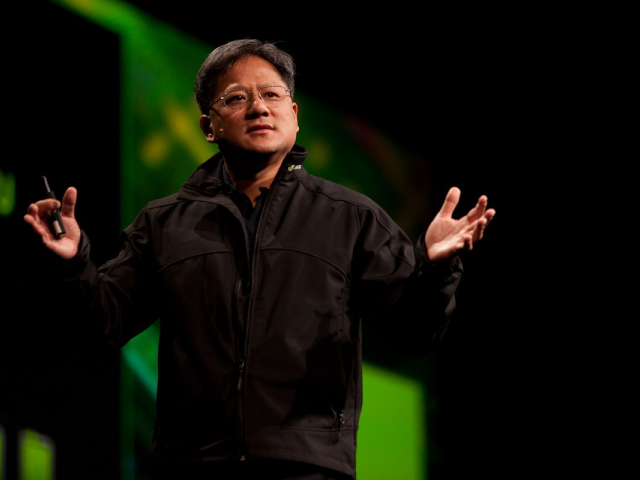
The second place went to Jensen Huang, a co-founder, president and CEO of NVIDIA graphics processor. He received a master's degree in electrical engineering at Stanford University and in 1993 co-founded Nvidia.
Last year, Jensen Huang occupied the third place in the ranking.
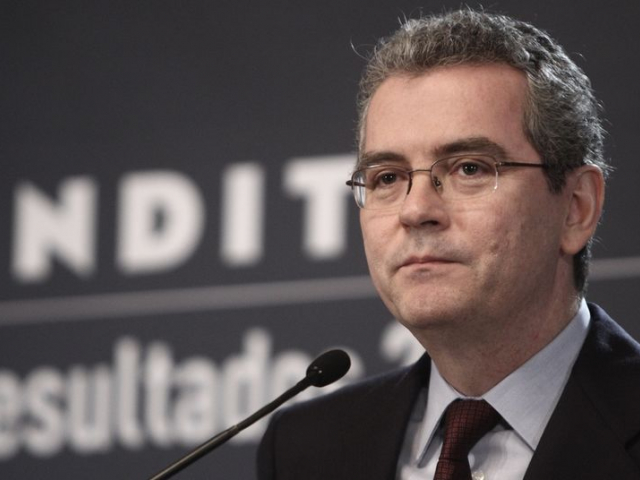
The first place belongs to Pablo Isla, the CEO and chairman of the Inditex board of directors. The company owns Zara, Pull&Bear, Massimo Dutti, Bershka and other clothing brands.
Isla leads the ranking for the second year in a row. He is 54 years old. Isla was named CEO and deputy chairman of Inditex in 2005 and was named chairman of the company in 2011. He graduated with a Law degree from the Complutense University of Madrid. Before joining Inditex, he worked at the Ministry of Economy and Finance of Spain, Banco Popular banking group, and was president of the Altadis tobacco company.
|
Метки: #photo_news |
World's best-performing CEOs |
Harvard Business Review, the American magazine has published a fresh ranking of the best-performing CEOs in the world. The world's top five most effective executives can be found in our photo gallery.

The fifth place was taken by the CEO of Continental tire and auto parts manufacturer, Elmar Degenhart. In July 2018, it was decided to hold one of the largest reorganizations of the company. The Continental AG holding group will be created which will include three business sectors: Continental Rubber, Continental Automotive, and Powertrain.
“In the next decade and after, the global automotive industry will undergo the largest and most profound transformation in its over 130-year history. We are looking ahead and taking on this transformation at an early stage,” Degenhart said.

The fourth place is occupied by the chairman and CEO of Kering group which owns Gucci, Brioni, Balenciaga, Ulysse Nardin and other brands, Francois-Henri Pinault.
In May 2003, Francois-Henri Pinault became a vice president of PPR founded by his father. In March 2005, he was appointed chairman and CEO. Under his leadership, PPR changed its name to Kering, increased its stake in the Gucci Group to 99.4%, acquired a controlling stake in Puma, Girard-Perregaux, House, Brioni, and such jewelry brands as Qeelin, Pomellato and Dodo.

The CEO and chairman of the LVMH board of directors (the company owns such brands as Louis Vuitton, Christian Dior, Mo"et&Chandon, Hennessy and others), Bernard Arnaudgot the third place in the ranking.
One of the richest people on the planet was born in 1949 in a small French town. He graduated from the Polytechnic School and joined the father’s construction business. When he was 20 years old, Arnaud persuaded his parent to change the sphere of the company from design to construction of commercial real estate, and in the mid-1980s he took the first significant risk in his life: he managed to buy the textile company, Boussac, that was put up for auction persuading four banks to cover three-quarters of expenses.

The second place went to Jensen Huang, a co-founder, president and CEO of NVIDIA graphics processor. He received a master's degree in electrical engineering at Stanford University and in 1993 co-founded Nvidia.
Last year, Jensen Huang occupied the third place in the ranking.

The first place belongs to Pablo Isla, the CEO and chairman of the Inditex board of directors. The company owns Zara, Pull&Bear, Massimo Dutti, Bershka and other clothing brands.
Isla leads the ranking for the second year in a row. He is 54 years old. Isla was named CEO and deputy chairman of Inditex in 2005 and was named chairman of the company in 2011. He graduated with a Law degree from the Complutense University of Madrid. Before joining Inditex, he worked at the Ministry of Economy and Finance of Spain, Banco Popular banking group, and was president of the Altadis tobacco company.
|
Метки: #photo_news |
US and China heading for trade deal |
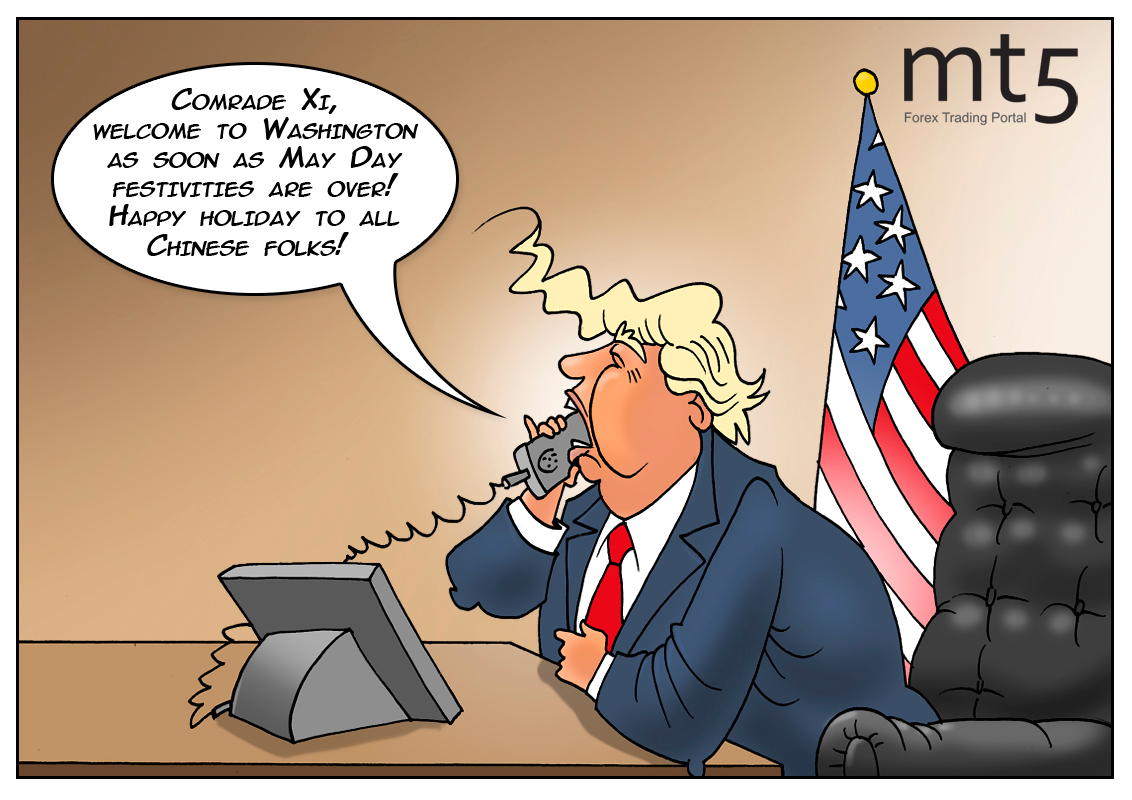
The world is riveted to the lingering standoff between the two largest global economies. Their trade dispute has affected both advanced economies and emerging markets. Now global investors can sigh with relief as Washington and Beijing are about to settle the long-awaited trade deal.
The US and China’s state leaders announced that the nearest summit was scheduled in May. Japan is picked for a venue of the high-level talks. US President Donald Trump is going to visit Japan in late May. The agenda may also include the talks with his Chinese counterpart Xi Jinping. The thing is that China’s leader Xi Jinping has a strong aversion to its neighbor Japan that raises doubts about his participation. However, if the US and China’s Presidents shake hands at the summit in Japan, they will hardly finalize the trade deal. They are likely to sign another memorandum which will provide guidelines for lawyers. So, at least two more weeks will be needed to convert agreements between the presidents into exact wording of the trade deal.
The fierce battle of tariffs kicked off last year. In July and September 2018, the US and China slapped retaliatory high tariffs on each other’s imports worth hundreds billions of US dollars per year. In early December on the sidelines of G20 summit in Argentina, Donald Trump and Xi Jinping agreed on the truce in the trade war.
Read more: https://www.mt5.com/forex_humor/image/41287
|
Метки: #forex_caricature |
US and China heading for trade deal |

The world is riveted to the lingering standoff between the two largest global economies. Their trade dispute has affected both advanced economies and emerging markets. Now global investors can sigh with relief as Washington and Beijing are about to settle the long-awaited trade deal.
The US and China’s state leaders announced that the nearest summit was scheduled in May. Japan is picked for a venue of the high-level talks. US President Donald Trump is going to visit Japan in late May. The agenda may also include the talks with his Chinese counterpart Xi Jinping. The thing is that China’s leader Xi Jinping has a strong aversion to its neighbor Japan that raises doubts about his participation. However, if the US and China’s Presidents shake hands at the summit in Japan, they will hardly finalize the trade deal. They are likely to sign another memorandum which will provide guidelines for lawyers. So, at least two more weeks will be needed to convert agreements between the presidents into exact wording of the trade deal.
The fierce battle of tariffs kicked off last year. In July and September 2018, the US and China slapped retaliatory high tariffs on each other’s imports worth hundreds billions of US dollars per year. In early December on the sidelines of G20 summit in Argentina, Donald Trump and Xi Jinping agreed on the truce in the trade war.
Read more: https://www.mt5.com/forex_humor/image/41287
|
Метки: #forex_caricature |






